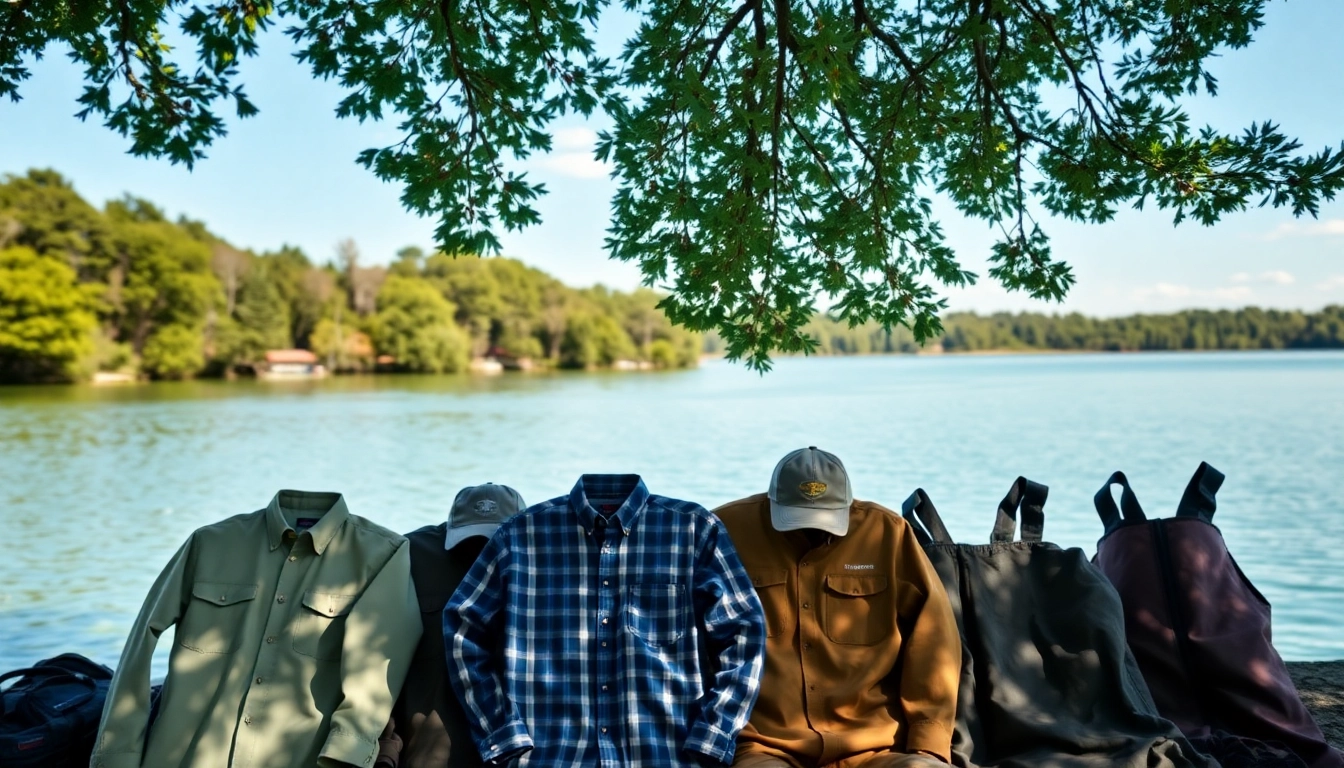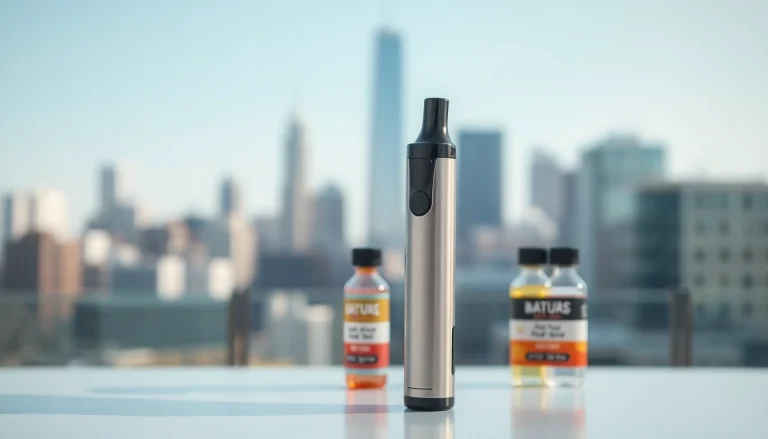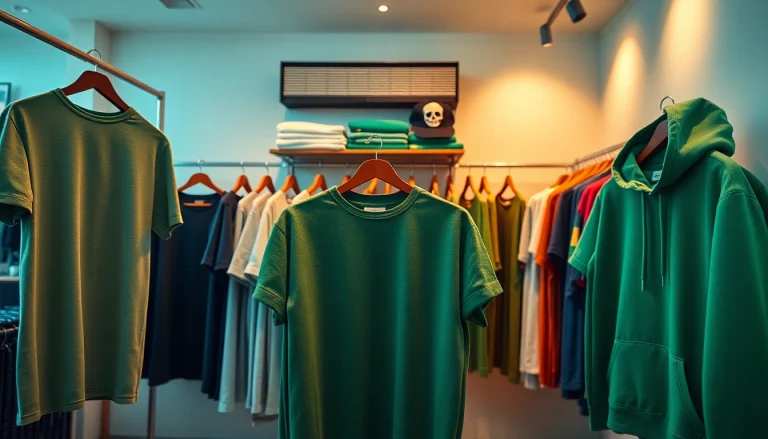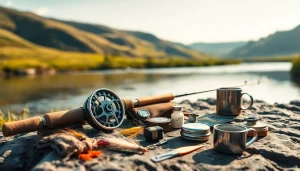Understanding the Essentials of Fly Fishing Apparel
Choosing the right Fly fishing apparel is crucial for maximizing comfort and performance while fishing. As an angler, you need clothing that meets specific requirements dictated by the conditions of your fishing environment, as well as the inherent challenges of the sport itself. This comprehensive guide will explore the significance of material choice, sun protection, weather considerations, and key features to look for in your fly fishing apparel.
Importance of Material Choice in Fly Fishing Apparel
The foundation of any effective fly fishing outfit lies in the materials chosen for the apparel. The correct materials will enhance comfort, protection, and durability. When evaluating fabrics, consider the following:
- Moisture-Wicking Fabrics: Materials that draw moisture away from the body are essential. They keep you dry and minimize the risk of chafing, especially during long days on the water.
- Breathability: Fabrics that allow for airflow are vital, as they keep you cool and comfortable under the sun. Look for items with mesh panels or open weaves.
- UPF Protection: Ultraviolet Protection Factor (UPF) ratings indicate how well a fabric protects against harmful UV rays. Apparel with a higher UPF rating provides greater sun protection.
- Durability: As fishing often requires navigating rugged environments, relying on durable materials is non-negotiable. Fabrics such as nylon or polyester tend to be more resistant to wear and tear.
Understanding Sun Protection in Fly Fishing Apparel
Protection from the sun is particularly important when spending long hours outdoors. The right fly fishing apparel can significantly reduce your UV exposure, mitigating the risk of skin damage. Features to consider include:
- Fabric UPF Rating: As previously mentioned, clothing with UPF ratings can offer better sun safety. Look for apparel with a UPF of 30 or higher.
- Long Sleeves and High Collars: Long-sleeved shirts and collars that can be turned up serve double duty by shielding arms and neck from direct sun.
- Wide-Brimmed Hats: While not technically clothing, hats are crucial for sun protection. Seek styles that offer additional features such as moisture-wicking linings and adjustable straps for a secure fit.
Weather Considerations for Fly Fishing Apparel
Weather conditions can change rapidly while out on the water, so selecting fly fishing apparel that accounts for varying weather is essential:
- Water-Resistant Materials: Consider garments that repel water to help keep you dry during unexpected rain showers. Fabrics with DWR (Durable Water Repellent) treatment are ideal.
- Insulating Layers: When fishing in cooler temperatures, layering becomes important. Base layers made of merino wool or synthetic fibers trap heat but still allow moisture to escape.
- Windproof Clothing: If fishing in windy conditions, garments with wind-resistant features can safeguard against wind chill, allowing for longer periods of comfort on the water.
Key Features to Look for in Fly Fishing Apparel
Beyond material choice and environmental considerations, there are several key features that can elevate your fly fishing experience. The following considerations emphasize both functionality and comfort:
Breathability and Comfort in Fly Fishing Apparel
Comfort cannot be understated when it comes to long days spent fishing. Breathability is a crucial factor supporting overall comfort:
- Ventilation: Look for apparel designed with ventilation features, such as mesh back panels or underarm vents, to enhance airflow and reduce perspiration build-up.
- Adjustable Features: Features such as adjustable hems and cuffs allow for a customizable fit. This can accommodate varying body types and preferences, enhancing overall comfort while fishing.
- Seam Placement: Pay attention to the seam design; flat seams can prevent chafing, a significant concern when wearing clothing for extended periods.
Durability Matters: Why Quality Counts in Fly Fishing Apparel
Quality materials often correlate directly with durability, which is essential in an activity as rugged as fly fishing:
- Reinforced Stitching: Apparel with reinforced stitching can withstand the rigors of outdoor wear. Items that are specifically designed for fly fishing often consider stress points where durability is particularly crucial.
- Quality Zippers and Fasteners: Assess the reliability of zippers and fasteners, as these components add to longevity. High-quality zippers should operate smoothly and resist corrosion.
Style vs. Functionality in Fly Fishing Apparel
While functionality is paramount, the style should not be overlooked. An appealing look can enhance not only your confidence but also your overall experience:
- Color and Pattern: Choose colors that align with both personal taste and visibility requirements. Camouflage patterns may be more suitable for certain environments, while brighter colors might be more attractive in freshwater settings.
- Tailored Fit: It is important for apparel not to be overly baggy or tightly fitted. A tailored fit that allows for ease of movement while being stylish can make a significant difference over a full day of fishing.
Matching Fly Fishing Apparel to Your Fishing Environment
The type of fishing environment you find yourself in will largely determine the fly fishing apparel you should consider. Different settings require different considerations:
Freshwater Fishing Apparel Requirements
When fishing in freshwater environments, the focus is often on lightweight and quick-drying materials. Consider these aspects:
- Versatility: Freshwater environments can vary greatly. Versatile pieces that can transition from warm to cool conditions are advantageous.
- Lightweight Fabrics: Lightweight, quick-drying materials help ensure you remain comfortable, especially in warmer climates.
- Sturdy Footwear: Footwear designed for freshwater fishing should provide the necessary grip and stability, especially when navigating rocky or slippery shores.
Saltwater Fishing Apparel Essentials
Saltwater scenarios present unique challenges, requiring specific considerations in your choice of apparel:
- Saltwater Resistance: Apparel should have resistance properties to help avoid damage from saltwater exposure, which can be corrosive over time.
- Cooling Fabrics: Materials that provide cooling benefits are essential in often hot and humid saltwater environments.
- Durability Against Abrasion: Since saltwater fishing habitats can be rough, choosing materials that withstand abrasion is crucial to ensure longevity and performance.
Apparel for Changing Weather Conditions in Fly Fishing Apparel
When fishing, the weather can be unpredictable. Having adaptable apparel ensures you stay prepared for any condition:
- Layering Options: Equip yourself with a range of layers that can be added or removed according to comfort. This flexibility allows you to react promptly to changing temperatures.
- Packable Gear: Consider items that easily pack into small spaces. This way, you can carry additional layers without taking up too much room in your fishing kit.
Maintaining and Caring for Your Fly Fishing Apparel
Proper care for your fly fishing apparel can significantly extend its lifespan and maintain performance standards. Techniques for caring for your gear include:
Washing Guidelines for Fly Fishing Apparel
Regular cleaning is necessary, but how you wash can make a significant difference:
- Follow Care Labels: Always follow the manufacturer’s care labels, as different fabrics have different care requirements.
- Use Mild Detergents: Avoid harsh detergents that can break down fabric properties. Instead, opt for mild, biodegradable detergents suited for technical fabrics.
- Avoid Fabric Softeners: Fabric softeners can clog the fibers in technical materials, impairing breathability.
Storage Tips for Longevity of Fly Fishing Apparel
Storing your fly fishing apparel correctly can prevent unnecessary wear and tear:
- Avoid Direct Sunlight: Store your gear in dark, cool places to prevent fading and degradation caused by sunlight.
- Use Hangers or Drawers: Hang or fold your items neatly; avoid cramming to maintain their form and function over time.
Repair vs. Replacement: When to Fix Your Fly Fishing Apparel
Determining whether to repair or replace your fly fishing apparel can save you money and extend the life of your investment:
- Patching Holes: Small holes can be stitched or patched without the need for replacement. This saves material and maintains functionality.
- Assessing Damage: Consider the extent of damage. Casual wear and tear may warrant repair, while significant structural damage may necessitate replacement.
Where to Buy Quality Fly Fishing Apparel
Deciding where to purchase your fly fishing apparel is critical in ensuring you receive quality items and the best value:
Identifying Trusted Retailers for Fly Fishing Apparel
Researching retailers will ensure you find reputable sources of fly fishing gear:
- Check Reviews: Seek out customer reviews and testimonials. Brands with a strong following often deliver reliable products.
- Specialty Shops: Visiting specialty retail shops can provide insight from knowledgeable staff, allowing for more tailored advice.
Online vs. In-Store Shopping for Fly Fishing Apparel
Both online and in-store shopping have their advantages. Understanding your preferences may trigger better buying decisions:
- Online Shopping: Offers convenience and potentially wider selections. However, ensure you understand size guides since fittings can vary by brand.
- In-Store Shopping: Provides the opportunity to try on apparel and experience materials firsthand. Interaction with product specialists can also enhance decision-making.
Seasonal Sales and Promotions for Fly Fishing Apparel
Saving on your fly fishing apparel can lead to expanded purchasing options and better gear:
- Sign Up for Newsletters: Many retailers offer exclusive discounts and early notifications of sales for subscribers.
- Monitor Clearance Sections: End-of-season sales can be an excellent time to purchase quality gear for the coming season at reduced prices.








